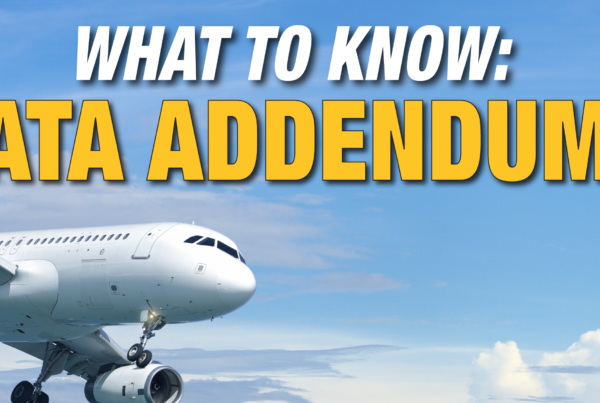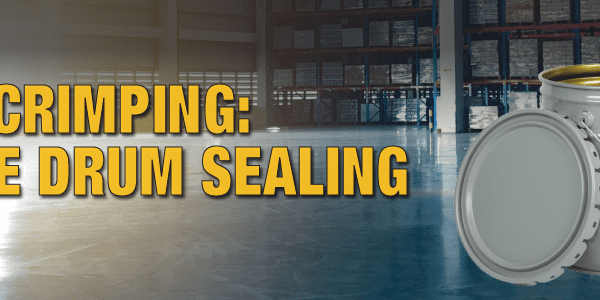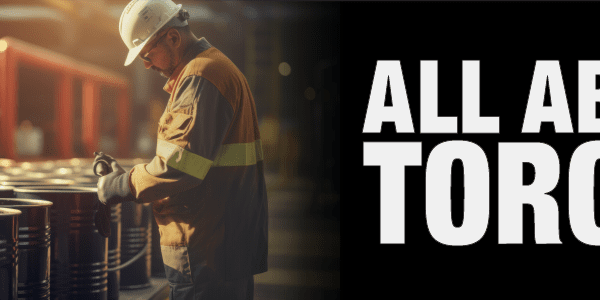IATA declaration, limited quantity labels, training requirements, and placarding
Welcome back to the Regulatory Helpdesk where we answer your dangerous goods & hazmat questions. We’re here to help you become independent with – and understand the whys and hows – of the regulations.
Listing Overpack on a Declaration (IATA)
- Q. Caller needed to clarify what should be listed on an IATA declaration for an overpack. I have 2 overpacks of the exact same thing. The overpack is 2 drums inside an outer overpack box. Each drum holds 18.9 L. I have it listed as “Overpack Used x 2”. For the alphanumeric identifier for each it is “Box 1” and “Box 2”. How do I list the “total quantity per overpack”?
- A. Take a look at Figure 8.1.L. It shows multiple identical overpacks. The example shows 200 boxes each with a weight of 0.2 kg in each overpack. It then lists the total quantity per overpack as 40 kg, which is the result of the 200 boxes multiplied by the 0.2 kg.
For her question then it would be 2 drums multiplied by the volume of 18.9 L. The total quantity per overpack is then 37.8 L.
Limited Quantity Labels
- Q. Caller was on our website and had a question about LQ marks/labels. He has a distributor in Canada that will be shipping fire extinguishers to a location in the US from Canada. They use the LQ label in Canada and wanted to know if it would be the same one here in the US.
- A. I explained that as long as they the fire extinguishers met the DOT requirements to be shipped as LQ in the US that the mark/label would be the same.
Do I need training?
- Q. A company I used to work for did internal training for how to transport hazardous materials by US ground in 2016. Since then I’ve left them and started with another company. Don’t I have to get new or updated training?
- A. Sort of. In 49 CFR in §172.704 you must have general awareness, function or job specific, safety, and security awareness training. It must also be recurrent every 3 years.
It is likely your previous employer covered all aspects listed. Hopefully you brought some sort of record of training from your previous employer to your new one. If you did, it means you will not need training again until 2019. Take a look at §172.704(d) for what that record should include. However, you must have received function-specific or job-specific training at your new company within the first 90 days. A record will be needed of that training, too.
Limited Quantity Label (TDG)
- Q. Customer called and wanted to know if the limited quantity mark (the one with the black at the top and bottom of the diamond) is REQUIRED for a shipment going by ground within Canada.
- A. The customer can use the words words “Limited Quantity” or “quantité limitée”; or “Consumer Commodity” or “bien de consommation”. … OR the limited quantity mark by ground within Canada. But that’s ONLY okay until December 2020. He should be careful if he is using FedEx because they prefer to ship per IATA so that they can just throw things on a plane if they choose to.
Placarding (49 CFR)
- Q. I am shipping a class 8 corrosive in bulk in various IBCs in a truck. If I properly label the IBCs do I still have to placard the truck with the appropriate class 8 placard?
- A. Yes, per 49 CFR §172.500, if you are shipping in bulk, a placard is required regardless if you are labelling the IBCs or not.






 ICC USA
ICC USA ICC Canada
ICC Canada